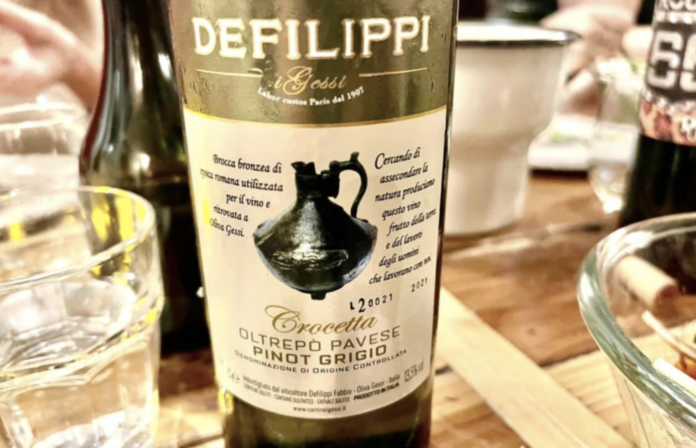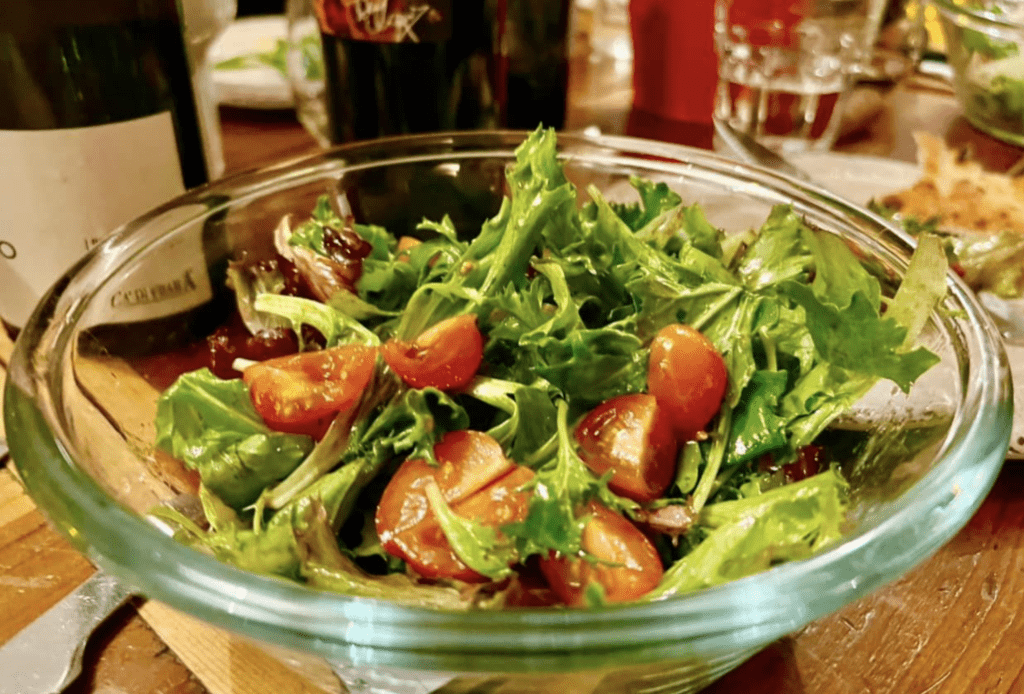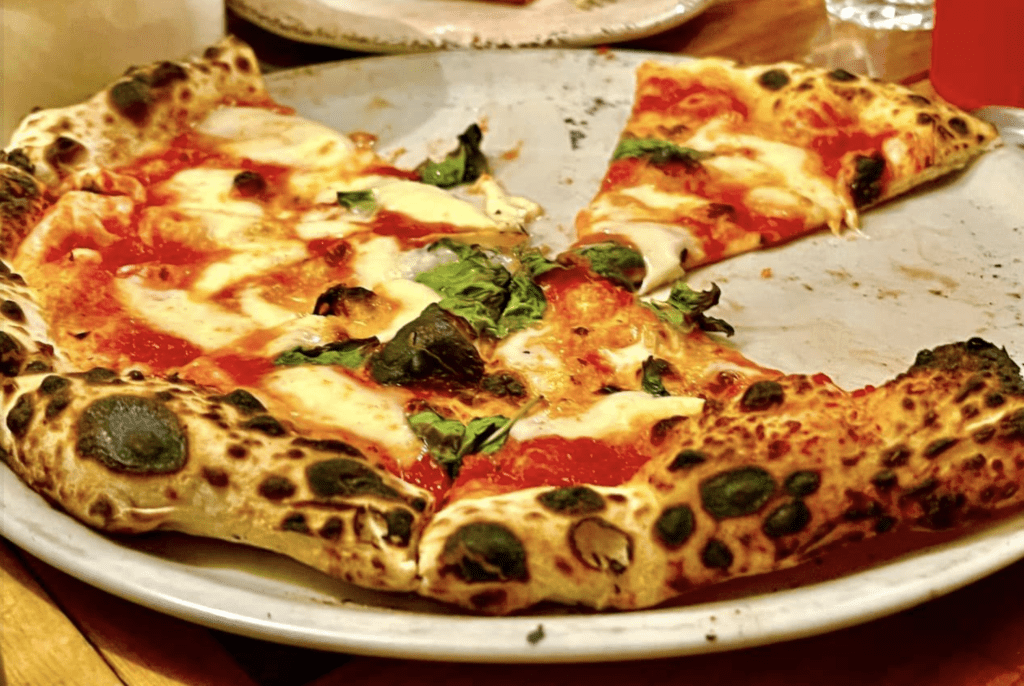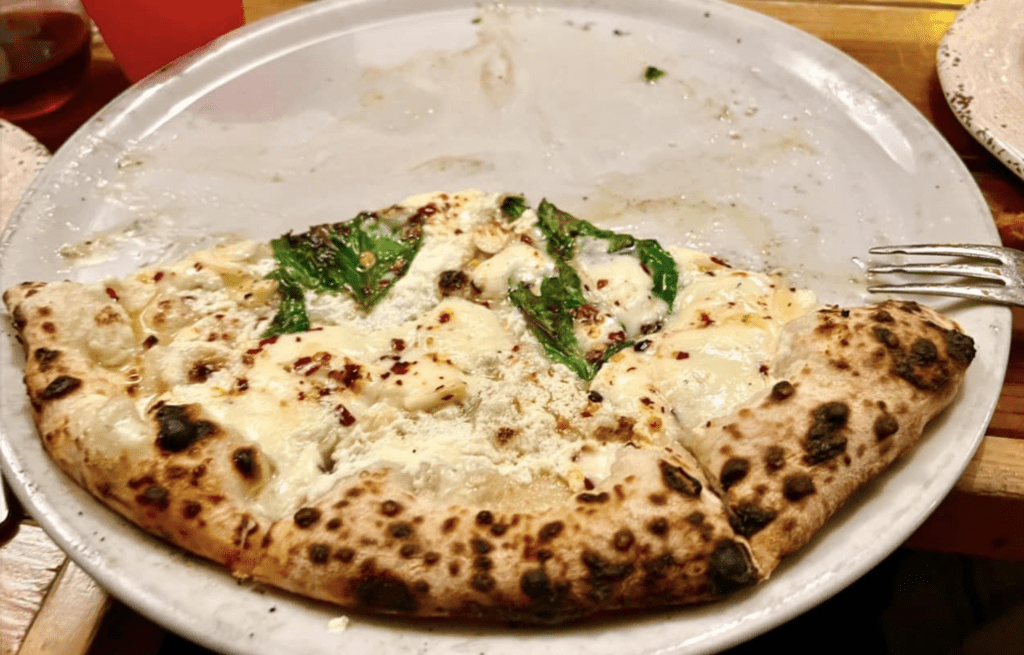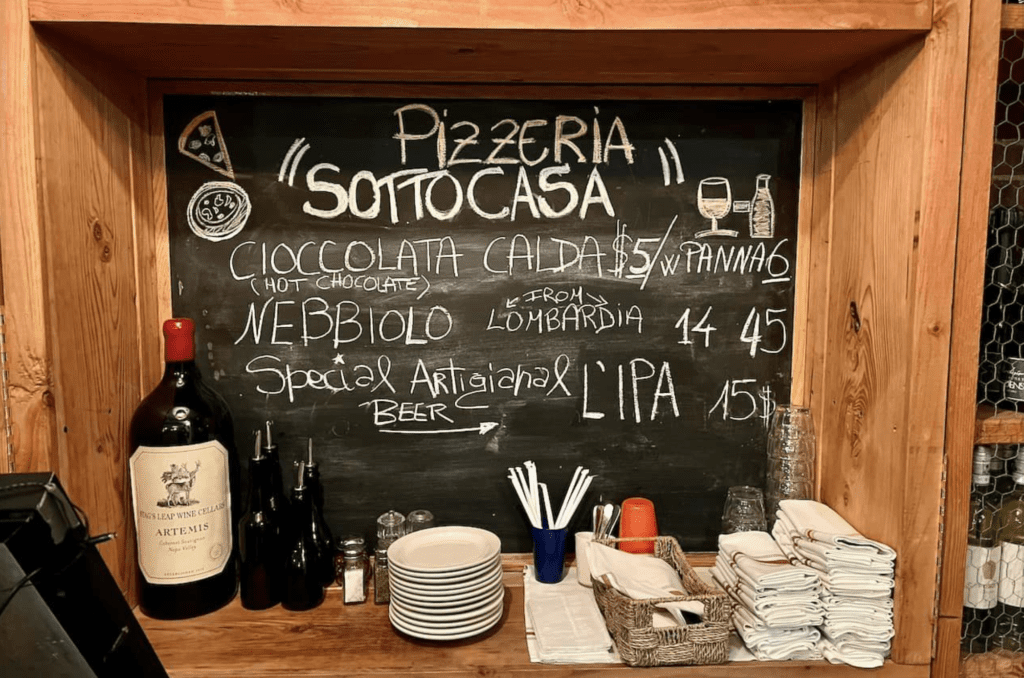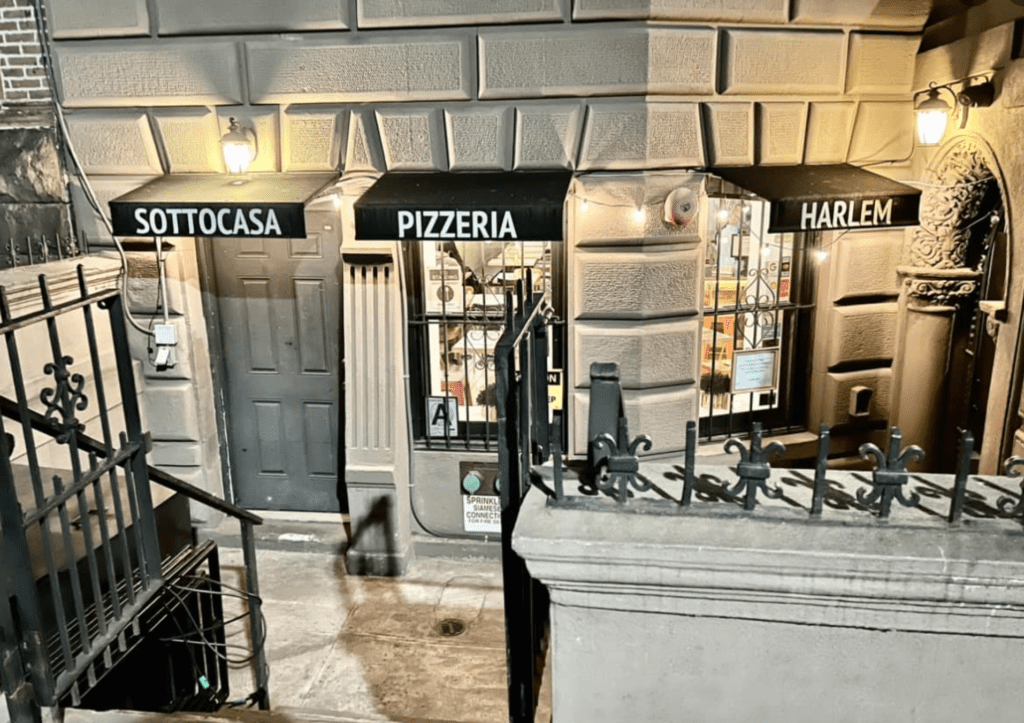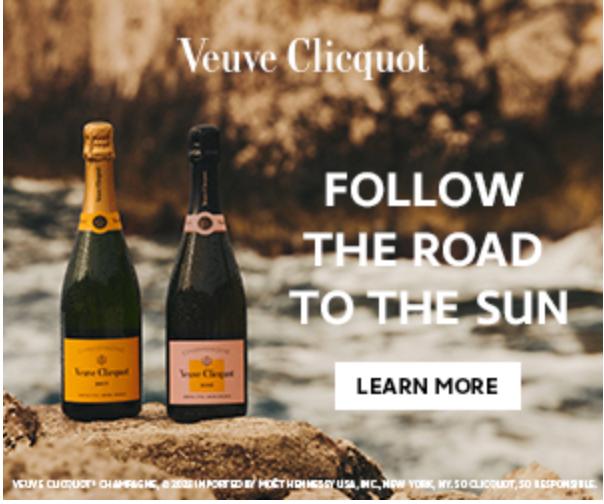Oltrepo Pavese shines with authentic Italian wine pairing at Harlem’s Sottocasa Pizzeria.
Tonight some of NYC’s top wine and lifestyle writers joined the Oltrepò Pavese to talk and taste through the wines and culture of Oltrepo Pavese, the north-west Italian region of Lombardy, Italy.
A visit to Italy’s Oltrepo Pavese
Oltrepò Pavese is a wine region in the north-western Italian region of Lombardy.
The main grape varieties grown in this area are Barbera, Dolcetto, and Chardonnay. Also, they produce Sauvignon Blanc, Riesling Italico, Riesling, and Pinot Nero.
Italian Wine Personality Susannah Gold hosted tonight’s dinner along with the Oltrepo Pavese tourism team.
Taste Harlem’s Authentic Italian at Sottocasa
From their Sottocasa website:
“Located in the heart and soul of New York City—Sottocasa Harlem is owned and operated by husband and wife duo, Elena and Matteo.
With a passion and love for pizza stemming back to their native Italy, Harlem now has it’s own Napoli serving up authentic Neapolitan pizza and amore!”
Harlem’s Sottocasa Italian pizzas were a great choice as pair well with wine.
Their menu includes antipasti, pizze rosse, pizze bianche, and an impressive beer and wine selection.
We tasted through several pizza and wine pairings:
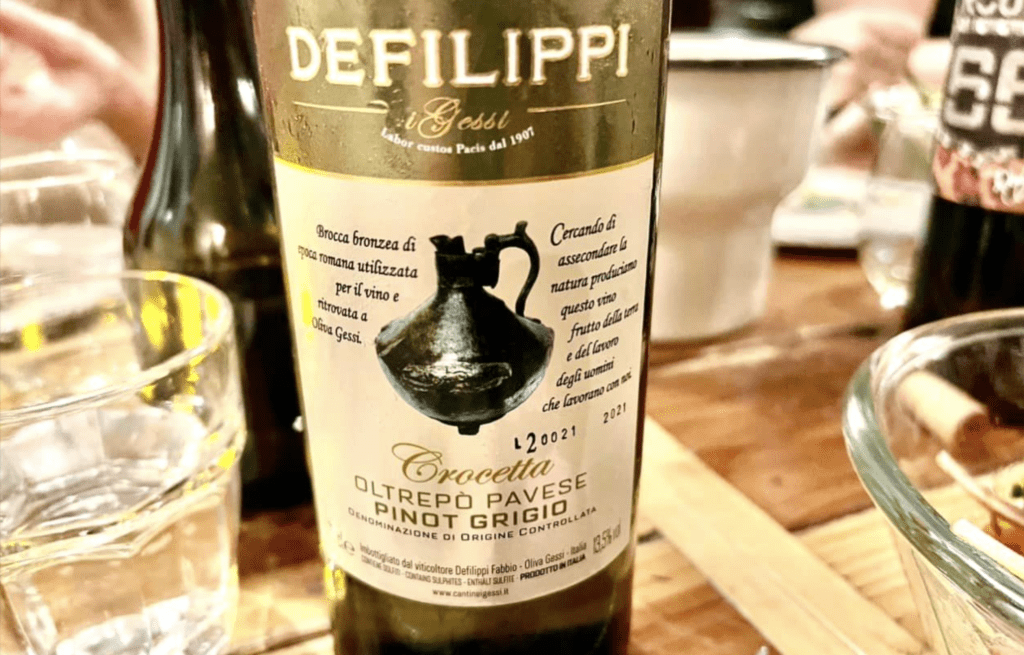
Defilippi, Oltrepo Pavese Pinot Grigoi DOC, Crocetta 2021
In the glass, light yellow with golden reflections.
On the nose, light floral and citrus
A heavy mouth of minerality. Refreshing, full bodied with a lingering finish.
Would pair well with seafood, salad, deli meats
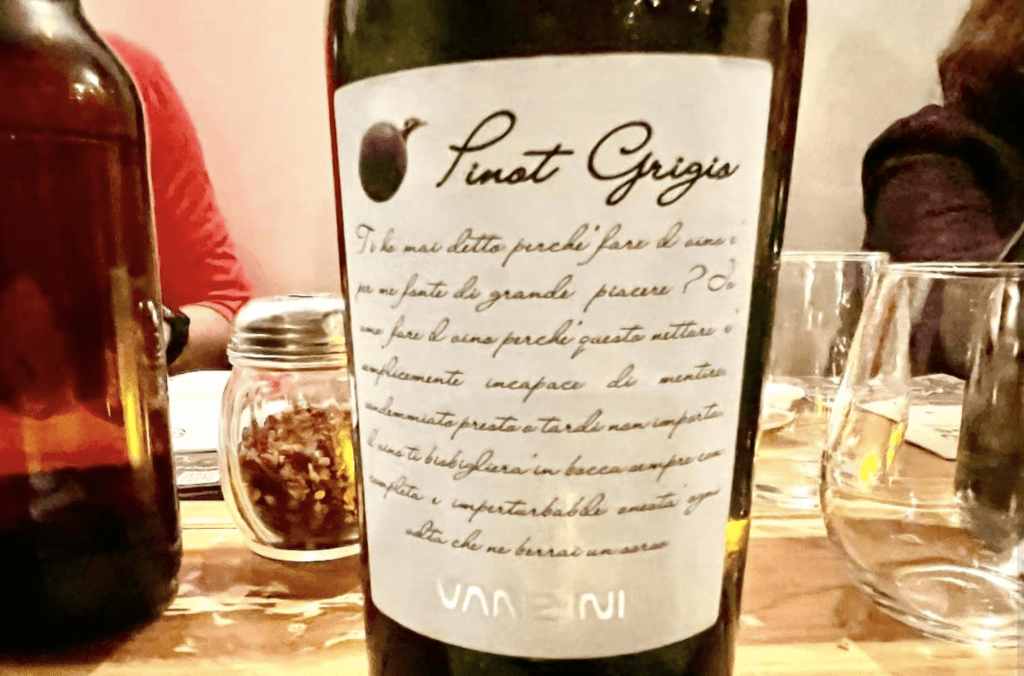
Vitivinicola Vanzini Sas, Oltrepo Pavese Pinot Grigio DOC 2021
In the glass, vibrant straw yellow
On the nose, Intense apple and pear
On mouth, well-structured, the citrus continues with vibrant pear so slowly fades
Would pair well with garden salad or white fish sharp cheese

CA Di Frara, Oltrepo Pavese Pinot Grigio DOC 2021
In the glass, Pale, almost translucent yellow.
On the nose, a big, beautiful waft of floral.
On mouth, medium boldly, cream, chalk and minerality.
Would pair well pasta and white pizza

CA Montebello, Oltrepo Pavese DOC Pinot Nero Vinificato in Bianco 2021
In the glass, straw yellow
On the nose, fruit and floral that builds to fresh baked bread.
On mouth, delicate with a elegant body, light minerality and floral
Would pair well light garden salad and white fish

Giovannella Fugazza, Bonarda Dell’Oltrepo Pavese DOC Somossa 2021
In the glass, Ruby red with darker edge.
On the nose, a heavenly cloud of complex black and red berry.
On mouth, a gush of red fruit, raspberry and blackberry. Rich texture, medium body.
Would pair well with sausage, pepperoni

Losito & Guarini, Bonarda Dell’Oltrepo Pavese DOC, C’era Una Volta
In the glass, ruby red
On the nose, red fruit the opens up spicy with black pepper
On mouth, a rounder mouth feel, with red fruit and softer tannins
Would pair well spicy meats

Dino Torti, Oltrepo Pavese DOC Barbera, Route 66, 2019
In the glass, brilliant ruby red
On the nose, red fruit and minerality
On mouth, big and beautiful, full body with plenty of spicy
Would pair well roasted red meat, red sauces, perfect for a meat lovers pizza

Tenuta Travaglio, Pinot Nero Dell’Oltrepo Pavese DOC, Pernero 2021
In the glass, brick red.
On the nose, wild strawberry and red berries
On mouth, notes of mushroom, medium mouthfeel, silky tannins.
Would pair well risottos and light red sauce or meat dishes like pizza.

Vitivinicola Vanzini SAS, Sangue di Guida Dell’Oltrepo Pavese DOC 2021
In the glass, deep ruby red.
On the nose, intense ,fresh red fruit and cherry.
On mouth, sweet and velvety, with a lingering finish
Find the wines at Total Wine and visit Harlem’s Sottacasa for a great dinner.
Thank you to Susannah Gold, and Harlem’s Sottacasa for a great Italian meal


